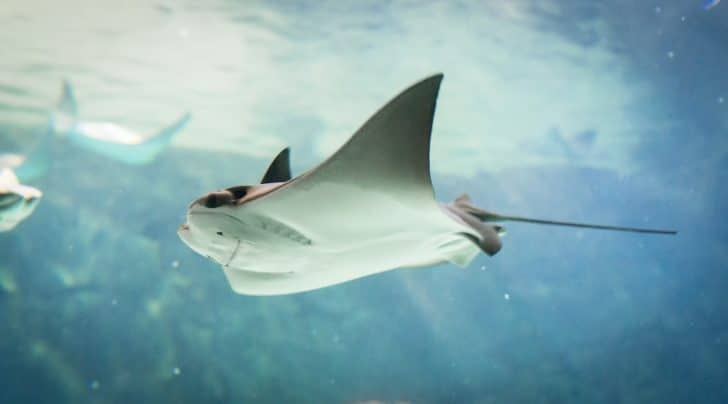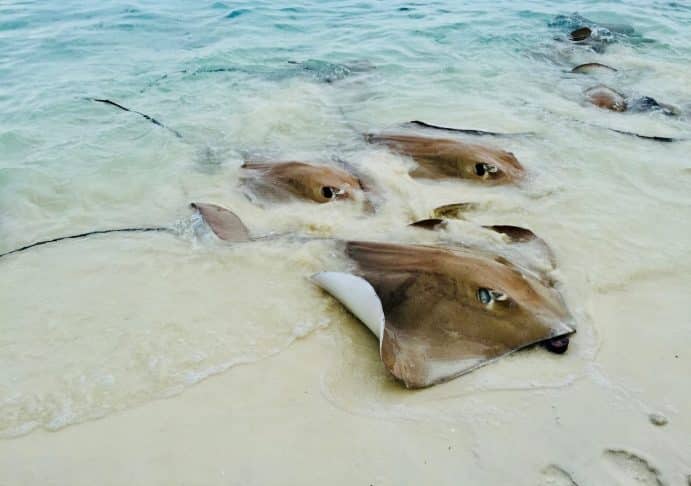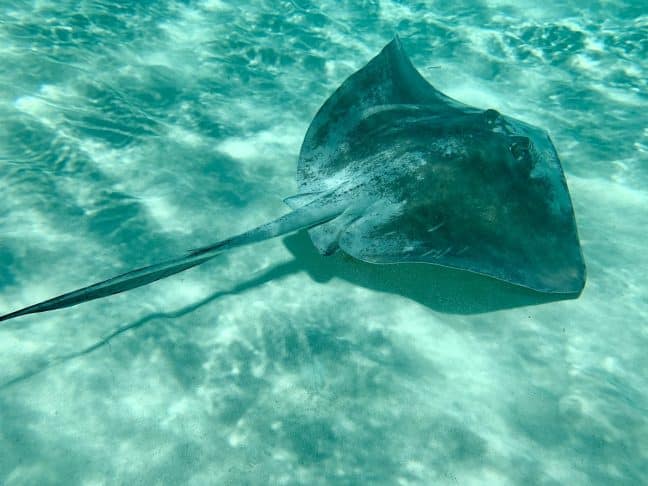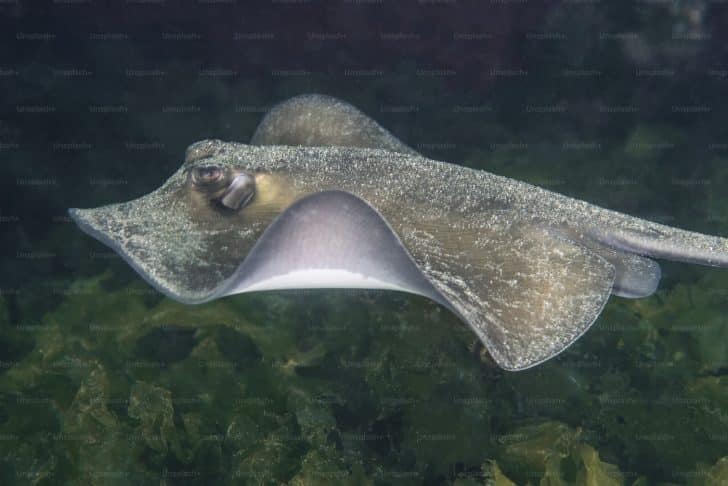Charlotte, a distinctive rust-colored round stingray, has been a fixture at a North Carolina aquarium for the vast majority of her existence, captivating visitors with her graceful movements and enigmatic presence. Recently, aquarium staff were taken aback when they noticed a peculiar development on Charlotte’s back—a burgeoning lump that seemed to grow progressively larger. Initially dismissed as a potential tumor, further investigation revealed an astonishing truth: Charlotte was pregnant.

The news sent shockwaves through the aquarium community, prompting both excitement and intrigue among experts and visitors alike. The aquarium’s owner, cautiously optimistic, shared that Charlotte could potentially give birth to as many as four offspring within the upcoming weeks, heralding an unprecedented event in the facility’s history.

The remarkable circumstances surrounding Charlotte’s pregnancy point to a fascinating biological phenomenon known as parthenogenesis—a form of asexual reproduction where a female egg is fertilized without the contribution of male sperm. While parthenogenesis is relatively common in certain species such as insects, reptiles, and some fish, its occurrence in stingrays is exceptionally rare, adding to the intrigue of Charlotte’s situation.

Dr. Kady Lyons, a distinguished research scientist at Georgia Aquarium, offered insights into the significance of Charlotte’s pregnancy. While not directly involved with the North Carolina aquarium, Dr. Lyons emphasized the uniqueness of Charlotte’s case, highlighting that it represents the sole documented instance of parthenogenesis within this particular species of stingray. Contrary to misconceptions of cloning, parthenogenesis involves a complex process whereby a female egg fuses with another cell, initiating a cascade of events leading to cell division and ultimately, the development of an embryo.

As the aquarium community eagerly awaits the impending arrival of Charlotte’s offspring, scientists and enthusiasts alike are poised to study this extraordinary event, hoping to unravel the mysteries of parthenogenesis and gain further insights into the reproductive biology of stingrays. Charlotte’s unexpected journey from solitary tank inhabitant to expectant mother serves as a poignant reminder of the boundless wonders of the natural world and the endless possibilities that continue to unfold within the realm of marine science and discovery.

